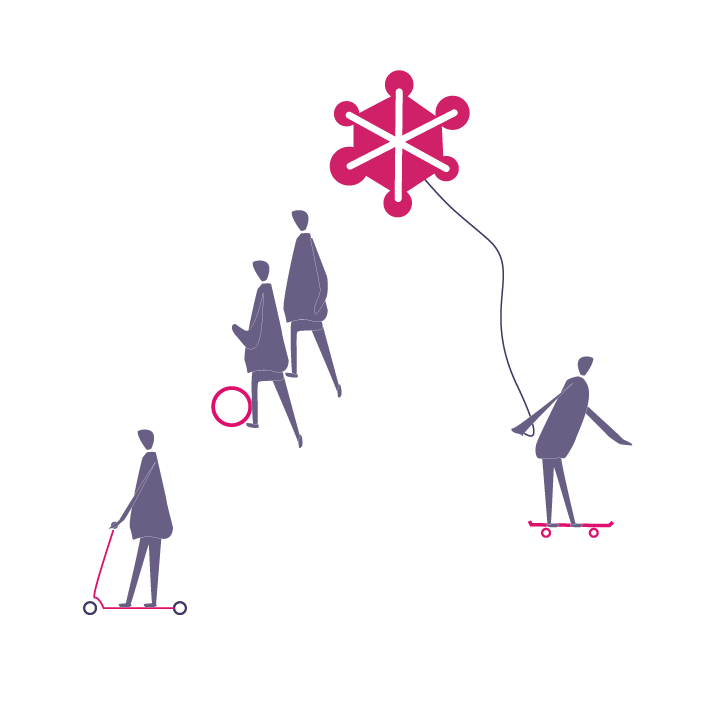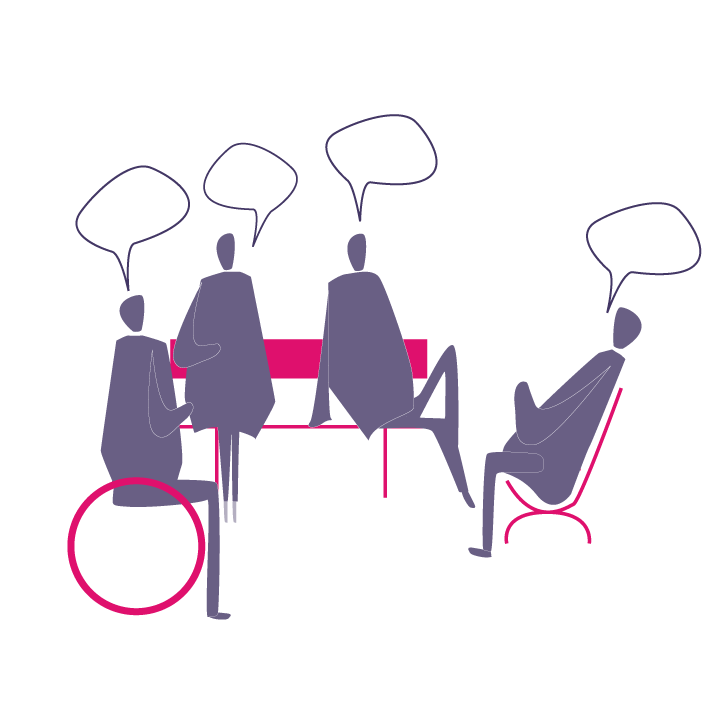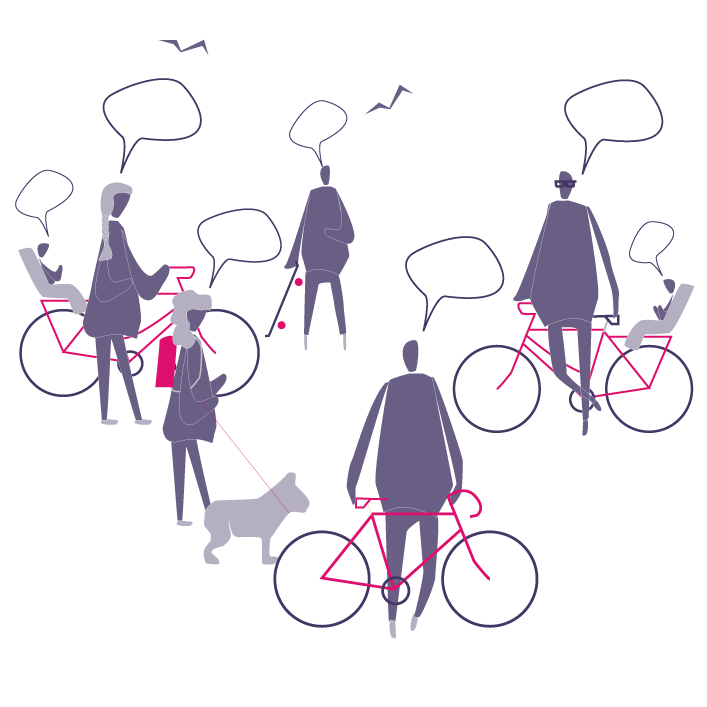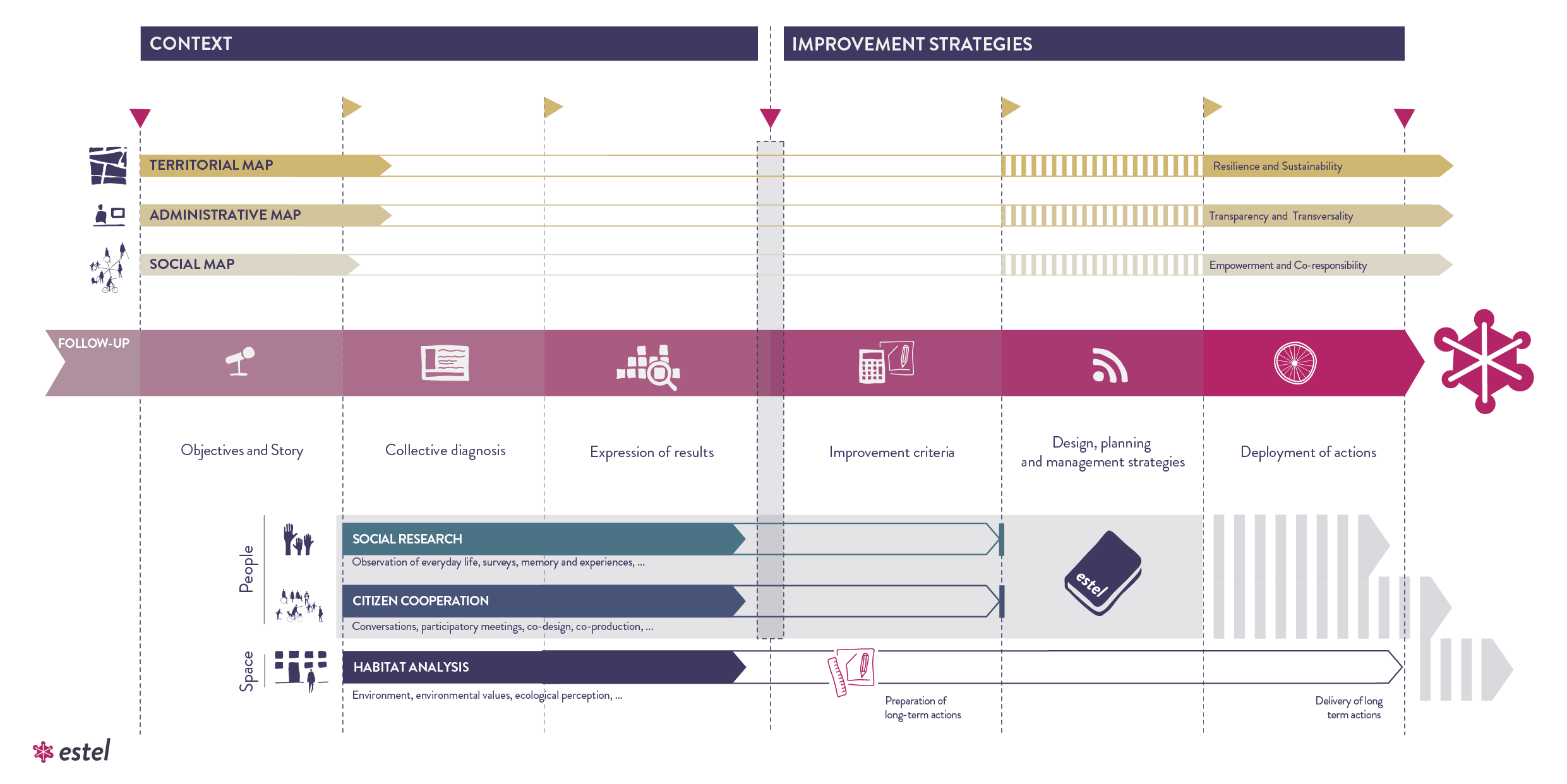Estel’s Manifesto

When a child can cross the entire city without any danger.
When adults play again in the square.
When all women feel safe walking home any day, at any time.
When Robert and Dolors take out the chairs to enjoy the cool air.
When the last “Ball games not allowed” ” sign disappears.
When diversity is valued and not seen as a barrier.
When neighborhood regeneration means actively listening to each of its communities.
When the city’s model is openly debated before writing its first sentence.
When the future of a territory is in the hands, minds, and hearts of all its inhabitants.
When cooperation is as natural as breathing.


When there is more green than pavement.
When all living beings are at the center.
When there are fewer pedestrians and more wanderers.
When dissent and conflict give rise to agreements, smiles, and rebellions.
When things don’t happen to Alba.
When Marc organizes his desk.
When Arnau draws in layers.
When Konstantina abandons spreadsheets.
Only then, we will stop working.
Methodology
Our approach is based on the principles of urban ecology and social geography. We study human habitat in a holistic and experiential way, observing the daily life and the interrelations that establish the urban, rural, or natural ecosystem. In the proposals for improvement or transformation, we incorporate the results from transdisciplinary, transparent, and participative work processes.
The following methodological diagram presents a complete work process, including intrinsically each tool we use, to a greater or lesser extent, to the projects where we intervene: urban and territorial strategies, citizen participation and cooperation, and planning, management, and design of public spaces.

Our approach to the projects always starts with the design of the work process, which is divided into two parts: collective diagnosis and proposals for improvement. At the beginning of each project, we use as orientation tools three maps that unfold the dynamics of the territory: administrative, social, and territorial mapping. The work process itself will ultimately optimize and improve the mechanisms of the territory, administration, and social agents on the way they act in the field of study.
Our aim is, on the one hand, to reveal the capabilities of the environment to respond to the detected needs; and on the other, to incorporate the perspectives and knowledge of the people of the administration and the citizenry, through their respective direct or indirect involvement in the work process.
With all this information, we elaborate a strategic intervention document, which includes executive actions in the short, medium, and long term, so that both the study field improvement and the administration and citizenry expectations are produced in a continuous and progressive way.
Lines of work
Our approach to the projects always starts with the design of the work process, which is divided into two parts: collective diagnosis and proposals for improvement. At the beginning of each project, we use as orientation tools three maps that unfold the dynamics of the territory: administrative, social, and territorial mapping. The work process itself will ultimately optimize and improve the mechanisms of the territory, administration, and social agents on the way they act in the field of study.
Our aim is, on the one hand, to reveal the capabilities of the environment to respond to the detected needs; and on the other, to incorporate the perspectives and knowledge of the people of the administration and the citizenry, through their respective direct or indirect involvement in the work process.
With all this information, we elaborate a strategic intervention document, which includes executive actions in the short, medium, and long term, so that both the study field improvement and the administration and citizenry expectations are produced in a continuous and progressive way.

